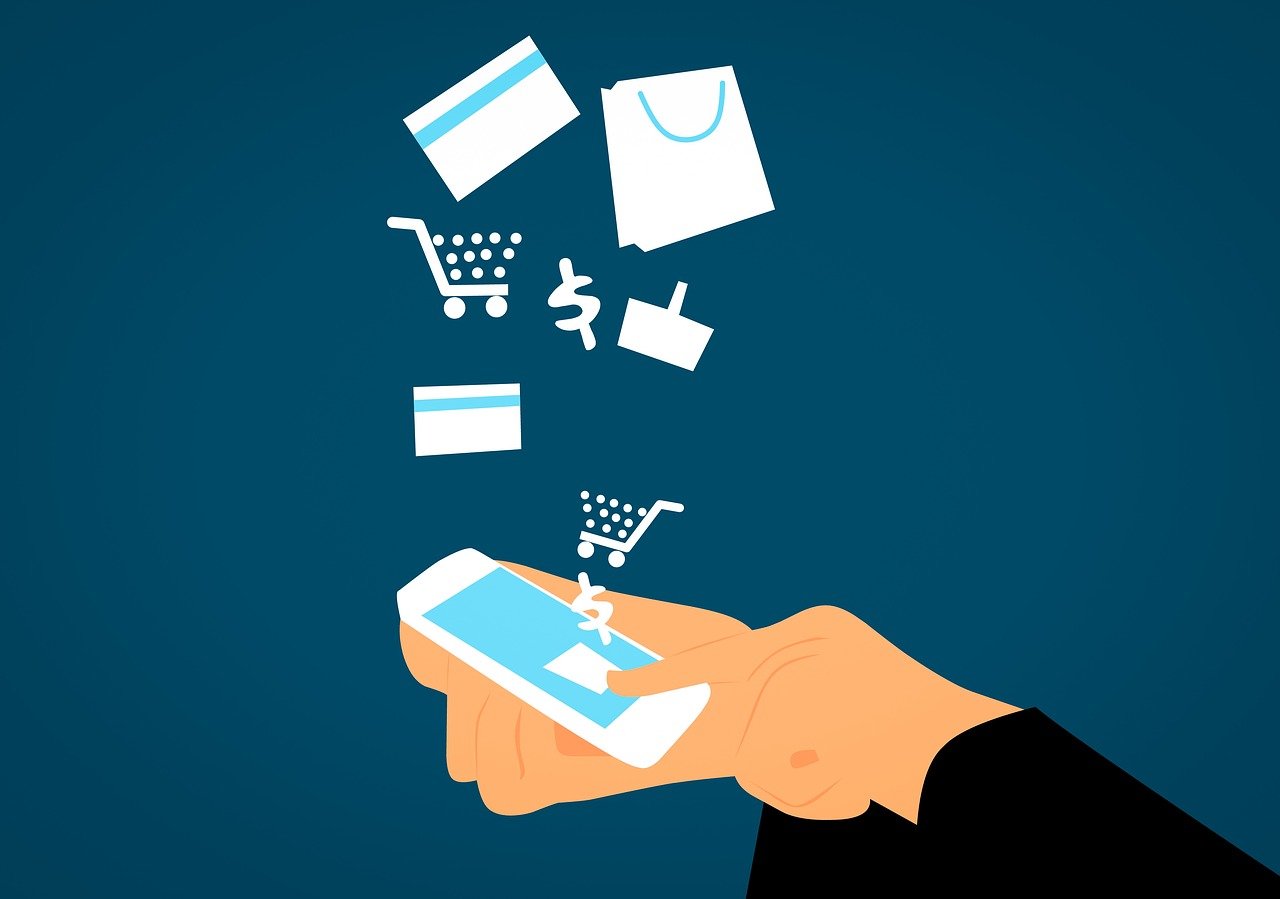The Rise of Mobile Payments and the Technology Keeping Them Secure

If the growth of the internet has transformed one aspect of our lives more than any other in recent years, it is the way in which we interact with money. The very notion of carrying a wallet full of coins and notes seems frankly old-fashioned these days, with digital alternatives becoming increasingly popular with consumers of all ages.
Part of day-to-day life
Whether it is using PayPal or transferring funds through a banking app, online payments have become part of day-to-day life for many of us. It has indeed reached a point where we also expect brands to support a range of payment options, with a shopping site like Amazon accepting a range of cards and an online casino like Betchan taking deposits via traditional banking services and also accepting cryptocurrencies like bitcoin, too.
However, one part of the digital banking world that continues to attract discussion and debate is mobile payments. Using your smartphone to buy a sandwich may have once seemed a peculiar idea, but services like Apple Pay have made it a reality for a huge number of people. According to research, the number of worldwide mobile payment users in 2017 was expected to reach 450 million.
Why Won’t Mobile Payment Users Recommend the Pays?
Despite increasing use of Apple, Android, and Samsung Pay, fewer users would recommend the services to others.#fintech #MobilePayments https://t.co/4owrPVCFhL pic.twitter.com/7WQubpSicB
— Ron Shevlin (@rshevlin) May 2, 2018
Keeping safe
According to research by business consultants Bain & Co, while more than half of consumers are aware of mobile payments, only a quarter are actually using them instore. Furthermore, in an article for Security Intelligence, information security consultant Kevin Beaver outlines how some people often take the view that using such services could be unsecure.
However, in the same article, the expert goes on to explain how he feels they are in fact incredibly safe and that education is key to ensuring people understand how they work. So, with that in mind, what are the key issues to bear in mind when it comes to mobile payments security? Well, a fundamental issue that impacts on all methods is undoubtedly tokenisation.
As Rambus product marketing director Andre Stoorvogel outlines on MobilePaymentsToday, the concept sees a customer’s primary account number (PAN) replaced with a unique payment ‘token’ during mobile payment transactions. Why does this matter? Well, it means that your actual sensitive consumer data is swapped with an alternative and means that your key details are never actually exposed. This, in turn, means that the risk of your bank details being accessed for fraudulent means is reduced.
Strong security
The online world has transformed banking in so many ways in recent years that it is perhaps unsurprising to see some caution from the public regarding certain new methods.
However, the use of concepts such as tokenisation means that mobile payments offer a strong level of security which should provide many people with peace of mind. Perhaps the time when we all reach for our phones rather than our wallets to pay is closer than we think.